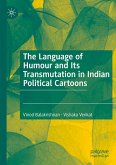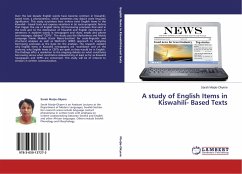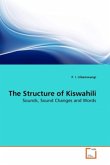This book is the fruit of Critical Discourse Analysis (CDA) of 30 political cartoons published in Tanzanian Mwananchi and Tanzania Daima newspapers dating from January 1st to 31st December 2008. The study sought to determine power relations manifested through the production of cartoons and the extent to which the ideological affiliations of cartoonists and media owners are expressed through the language used. The CDA is used to clarify the ideological affiliations reflected in the language of these 30 purposely selected political cartoons. The book tries to explain why and when the editors, journalists and cartoonists choose certain language features in setting the public agenda. The book suggests that the choice of the language and visual images used in political cartoons is done ideologically. Cartoonists also subtly express and reconstruct the political power relations that emanate from political situations in the country. Finally, we realise that there are always some people behind the media who determine what should be included and what should be excluded in the media outlets. Therefore, we can say that power and ideology are possibly present in media.







